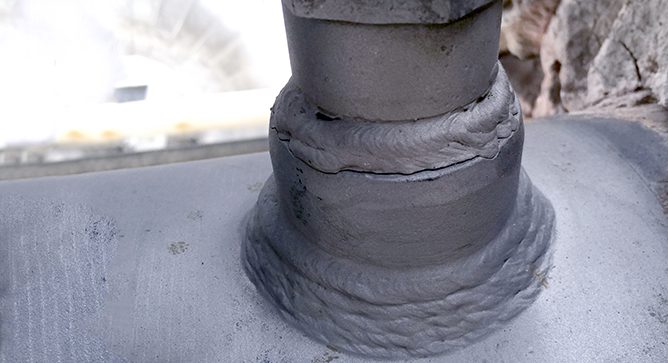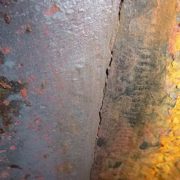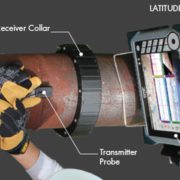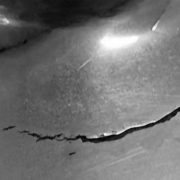News & Views, Volume 44 | Dissimilar Metal Welds in Grade 91 Steel
By: Terry Totemeier
Introduction

With the now widespread use of Grade 91 steel (9Cr-1Mo-V-Nb) for elevated-temperature applications in modern power plants, DMWs involving this material have become common, and increasing service experience has revealed some unique characteristics and failure mechanisms, especially in thicker-section DMWs with austenitic materials. This article presents a short overview of Grade 91 DMWs: their design, fabrication, and failure, with emphasis on current industry issues.
There are two basic classes of DMWs in Grade 91 steel: ferritic-to-ferritic and ferritic-to-austenitic. The first type corresponds to Grade 91 welded to another ferritic steel with a lower chromium content, such as Grade 22; the second type corresponds to Grade 91 welded to an austenitic stainless steel such as TP304H. Each of these types has unique concerns and considerations.





